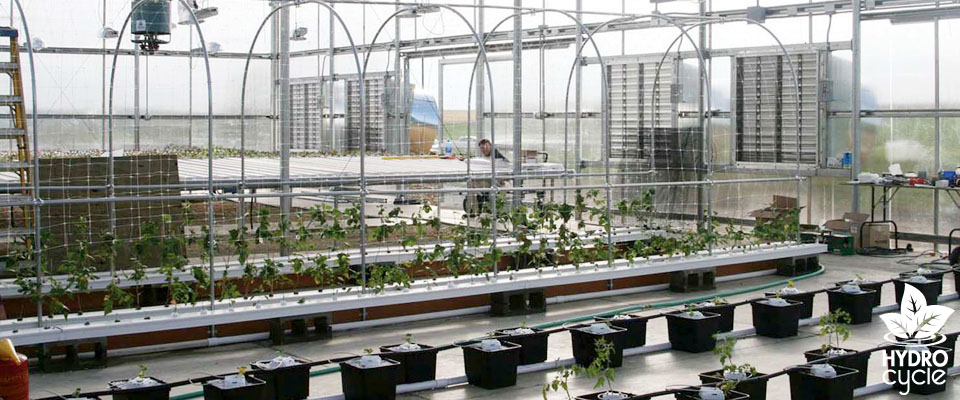Growing Methods to Meet Demand for Green Production
November, 7, 2017
The need for accurate food labeling has been a major topic in recent years across the globe. While here in the States we are responding to market demands and adjusting practices, some European countries have required the labeling of GMO’s, additives, chemicals and sugars. Whatever one’s personal belief about the benefits of genetically modified foods, one thing is for sure: the public is more concerned than ever before about what exactly they are eating. The latest labeling trend is for producers to include a carbon label on their product. The carbon label tells customers how green a product is, or in other words, how much of a negative environmental impact their produce has had from cultivation to market.
Traditional field production historically has had a destructive affect on surrounding ecosystems for a number of reasons. Many agricultural operations utilize some form of chemical or non-chemical amendments, and run-off, even of organically labeled products, can easily contaminate ground water and nearby streams. Essentially, this contamination trickles into drinking water supplies for both wildlife and the local human population. Many farmers today are combating environmental damage with practices that regenerate soils, like planting more perennials and cover cropping to pump nutrients and organic matter into depleted soils. Implementing practices like these are simple and inexpensive ways growers can do their part to care for their local ecosystem and minimize the impact of traditional field farming.
In contrast to traditional methods, many growers in 2017 are changing operations to include greenhouses and the latest growing methods, including hydroponics and aquaponics. Hydroponics can be a greener form of growing for a few reasons that are valuable to consider when lowering the carbon footprint of a business. One of the major savings growers find when switching to hydroponics is in the change from overhead sprinkler systems, which are notorious for wasting tons of water. With recent years of drought and concerns regarding water supply, hydroponics systems have been a lifesaver to many greenhouse growers who have changed their practices. Further savings are discovered when growers realize they aren’t wasting fertilizer, because in a hydroponics system, nutrients are directly geared to the roots of the plant where they are efficiently absorbed. The closed nature of a hydroponics system recycles water, also minimizing waste. Fertilizing methods that involve spraying often lose valuable nutrients through evaporation or indirect application. Minimizing water use and nutrient use is not only beneficial to a grower’s budget, but helps avoid unnecessarily wasting resources.
Aquaponics is a growing system that utilizes live fish in a closed-loop system where fish waste creates nutrient-dense water that is automatically directed to the plants, creating a hands-off fertilization system. In return, the plants help to purify the water, encouraging a healthy fish population to harvest for market. Not only do aquaponics systems provide an extra product for market, these systems are virtually self-sustaining and a great option for homesteaders looking to create a greener system.
To find out more about how hydroponics or aquaponics can help your business, Request a Quote
With a bunch of sustainable growing technologies available, growers can adjust their operations to adapt to growing trends in regards to sustainability and minimizing the waste of resources. The labeling trend in The United States does not drive the market as it is predicted to in years to come. If Europe is any indicator of consumer demand, this trend will continue to grow as a priority amongst consumers. Surely, an increase in demand for green produce is a great catalyst to change farming practices more dramatically, but some businesses are dragging their feet, because such labeling can take time and money they are not yet willing to spend. The more consumers demand to know what is in their food, the more purchasing power will affect the policies of industry giants looking to evolve with the times. Regardless, now is a pivotal time for businesses to pay attention to consumer trends, because a more informed public can make healthier choices, and a healthier public means more spending.
Contributed by Amanda Williams

